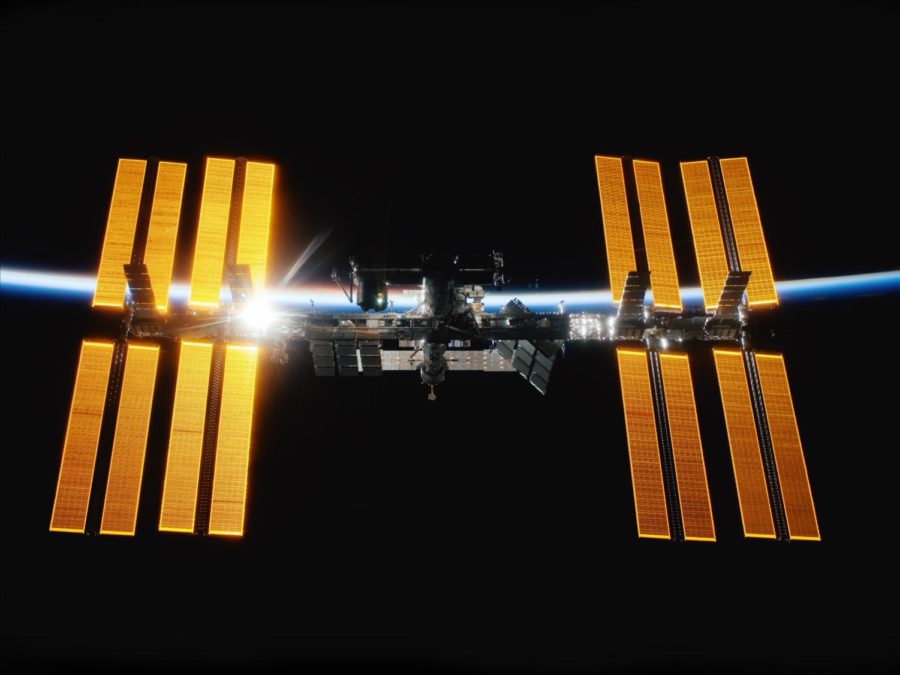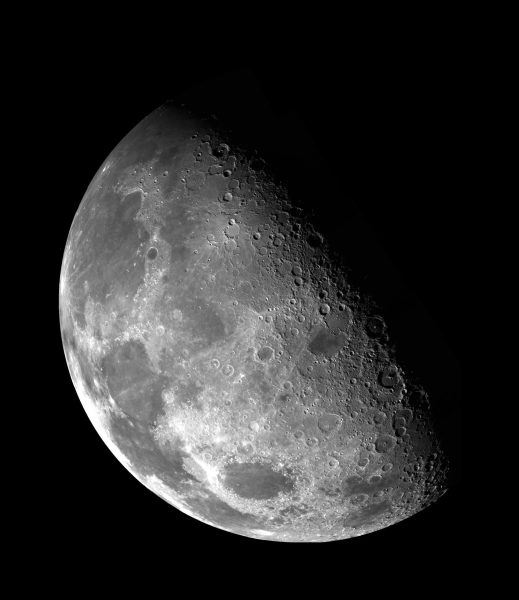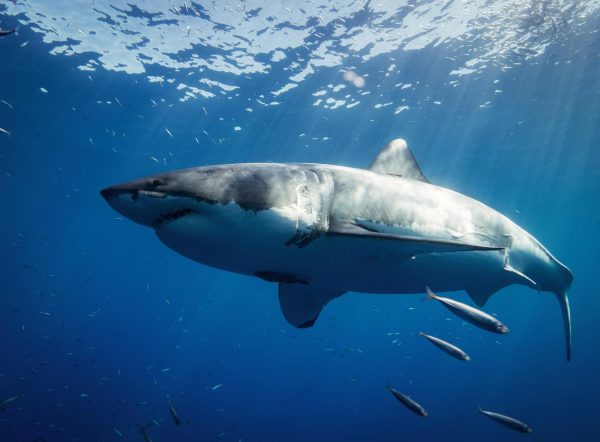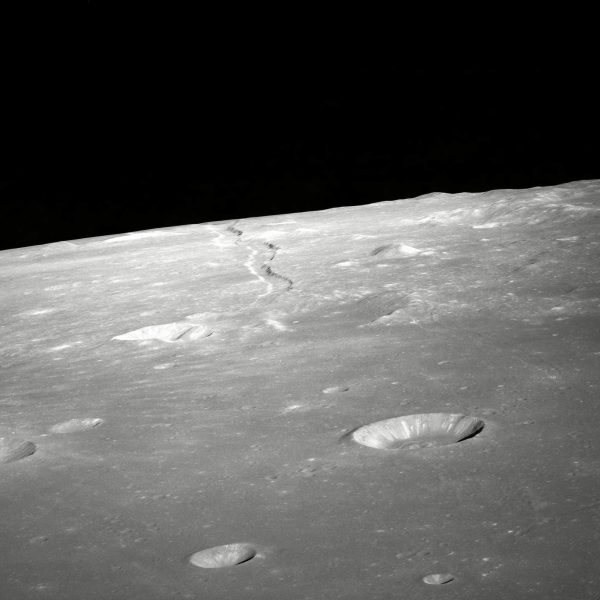The International Space Station Will Retire in 2031
April 25, 2023
The International Space Station has orbited Earth for twenty-five years, facilitating scientific discovery as “a unique laboratory that is returning enormous scientific, educational, and technological developments to benefit people on Earth and is enabling our ability to travel into deep space” (nasa.gov). However, as the decade draws to a close, so will its operations.
The concept of a space station originates in science fiction, but plans to create such a station were in their earliest stages during the Space Age in the 1950s. By 1969, Russian Soyuz vehicles were linked in space, creating a form of a space station. And with former U.S. president Ronald Reagan’s encouragement, NASA built the ISS in collaboration with space agencies from Canada, Europe, Japan, and Russia. From 1998 on, the ISS facilitated a multitude of space endeavors.
During the first twenty years of operation, astronauts made breakthrough discoveries such as exploring Bose-Einstein condensate, commonly referred to as the fifth state of matter. In addition, research on diseases such as cancer was undertaken. Throughout it all, scientists also explored the effects of humans being in space, specifically on astronaut Scott Kelly.
While the ISS has been a source of scientific discovery, it is not immune to forms of degradation. Because of temperature fluctuations experienced by the station throughout its orbit, its structure expands and contracts regularly, which may lead to critical issues over time. The astronauts aboard the ISS have noted cracks in various modules. While gasses have not leaked through these cracks, increased damage could become compromising.
It is worth noting that NASA originally planned for the ISS’ decommission fifteen years into service. However, this date was pushed back twice, and it is now set for 2031.
NASA plans to continue ISS operations until 2030, preparing to deorbit the station. While decommissioning satellites usually involves increasing their altitude to reach a “graveyard” orbit, the ISS must re-enter the Earth’s atmosphere due to its mass. But when this occurs, the station will be positioned to land at Point Nemo, the furthest place in the ocean away from land.
While NASA hasn’t revealed plans to create another station to replace the ISS, they have expressed interest in working with companies in the private sector. Such companies include Blue Origin, Virgin Galactic, and SpaceX. In addition, the China Manned Space Agency launched its Tiangong space station in 2021, furthering human pursuits in space.
As we continue to explore space, the knowledge gained from the research on the ISS is crucial. The astronauts explored means to sustain life and continue to do so in the station’s final decade. It’s important to remember that decommissioning the ISS isn’t the end of our space endeavors, but rather a step in continuing them.













